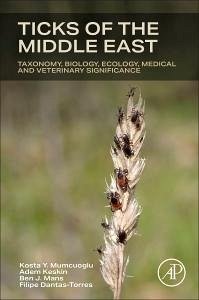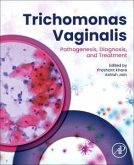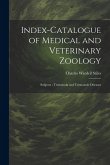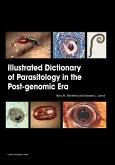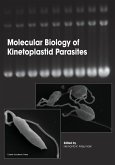Ticks of the Middle East: Taxonomy, Biology, Ecology, Medical, and Veterinary Significance provides an in-depth examination of ticks and the diseases they transmit within the Middle East. This book is a valuable resource for understanding the taxonomy, biology, ecology, and impact of ticks on both human and animal health. Authored by a team of international experts, it addresses the classification and external morphology of various tick species, along with their lifecycle and environmental interactions. In addition to the foundational knowledge, this book delves into the medical and veterinary significance of ticks, highlighting their role in spreading diseases. It also offers insights into prevention and control strategies to mitigate infestation and disease transmission. The comprehensive coverage ensures that readers gain a thorough understanding of the ecological and health-related aspects of ticks in the Middle East region.
Hinweis: Dieser Artikel kann nur an eine deutsche Lieferadresse ausgeliefert werden.
Hinweis: Dieser Artikel kann nur an eine deutsche Lieferadresse ausgeliefert werden.

